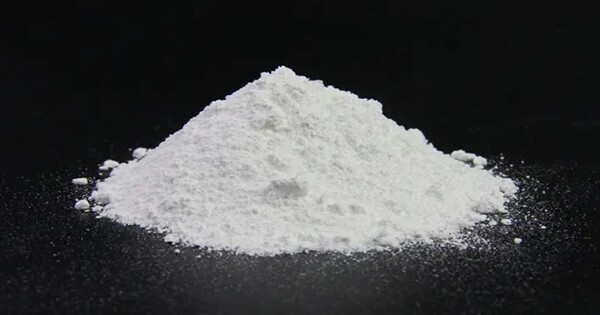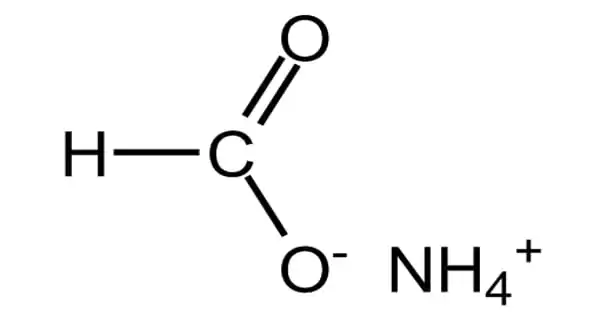Rubidium fluoride (RbF) is the fluoride salt of rubidium. It is a cubic crystal with rock-salt structure. It is an ionic compound with high lattice energy due to the electrostatic attraction between the rubidium cations (Rb⁺) and fluoride anions (F⁻). It is a strong electrolyte, dissociating completely into ions in aqueous solution.
Synthesis
There are several methods for synthesising rubidium fluoride. One involves reacting rubidium hydroxide with hydrofluoric acid:
RbOH + HF → RbF + H2O
Another method is to neutralize rubidium carbonate with hydrofluoric acid:
Rb2CO3 + 2HF → 2RbF + H2O + CO2
Another possible method is to react rubidium hydroxide with ammonium fluoride:
RbOH + NH4F → RbF + H2O + NH3
The least used method due to expense of rubidium metal is to react it directly with fluorine gas, as rubidium reacts violently with halogens:
2Rb + F2 → 2RbF
Properties
Rubidium fluoride is a white crystalline substance with a cubic crystal structure that looks very similar to common salt (NaCl). The crystals belong to the space group Fm3m (space group no. 225) with the lattice parameter a = 565 pm and four formula units per unit cell. The refractive index of the crystals is nD = 1.398. Rubidium fluoride colors a flame (Bunsen burner flame) purple or magenta red (spectral analysis).
- Chemical formula: RbF
- Molar mass: 104.4662 g/mol
- Appearance: white crystalline solid
- Density: 3.557 g/cm3
- Melting point: 795 °C (1,463 °F; 1,068 K)
- Boiling point: 1,408 °C (2,566 °F; 1,681 K)
- Solubility in water: 130.6 g/100 mL (18 °C)
Occurrences
- Natural Occurrence: Rubidium fluoride is not commonly found in nature in its pure form. It is typically synthesized for industrial or laboratory use.
- Sources: It is usually prepared by the reaction of rubidium carbonate or rubidium hydroxide with hydrofluoric acid. It can also be obtained by the reaction of rubidium chloride with fluorine gas.
Uses
- Laboratory Reagent: Used in various chemical syntheses and research applications.
- Material Science: Employed in the production of certain types of glass and ceramics.
- Fluorine Chemistry: Used in the preparation of other fluorine-containing compounds.















